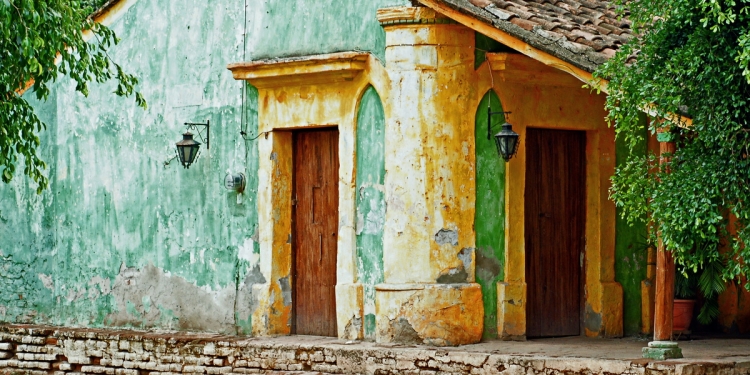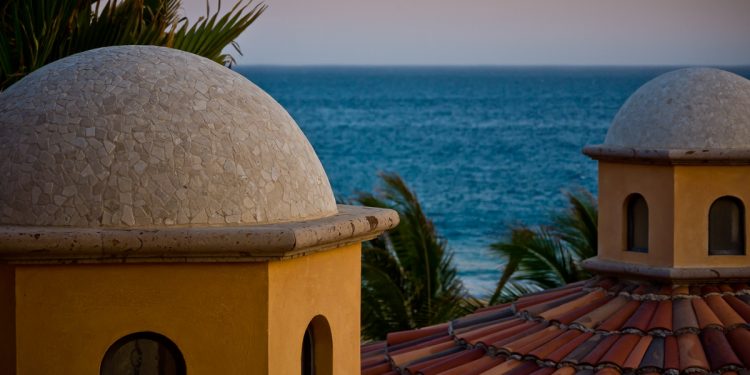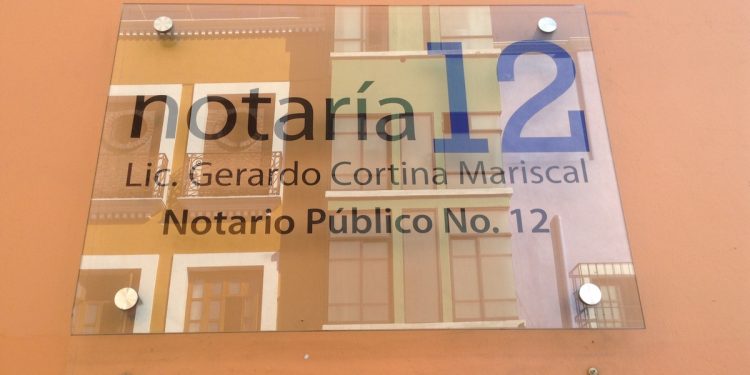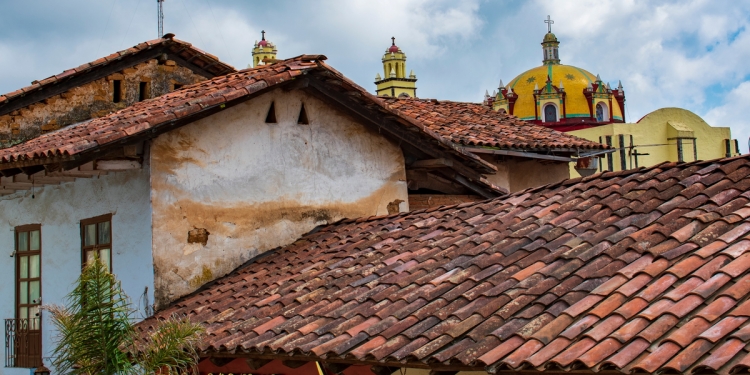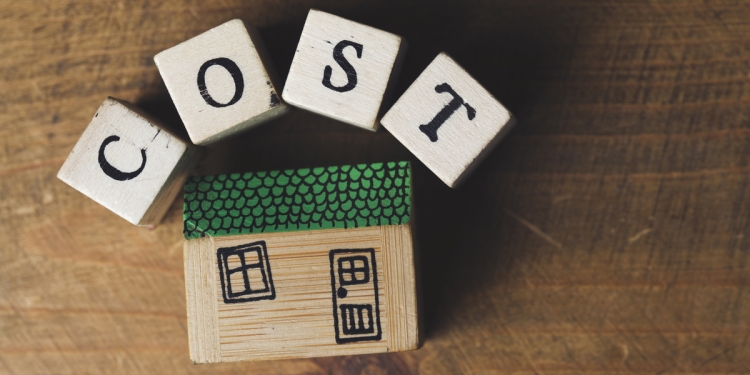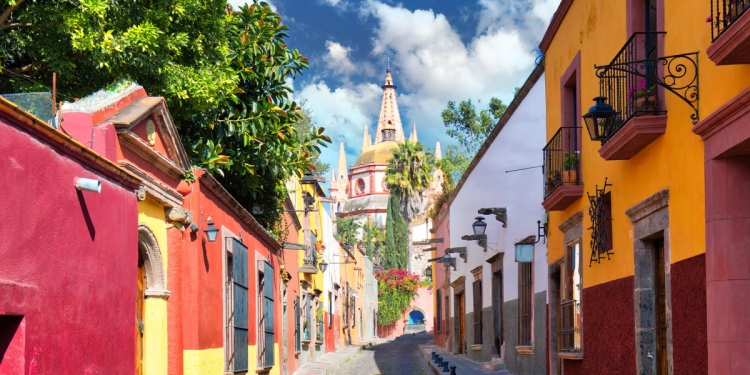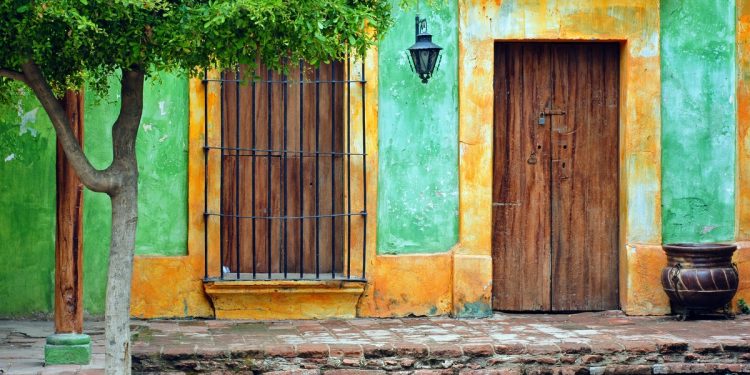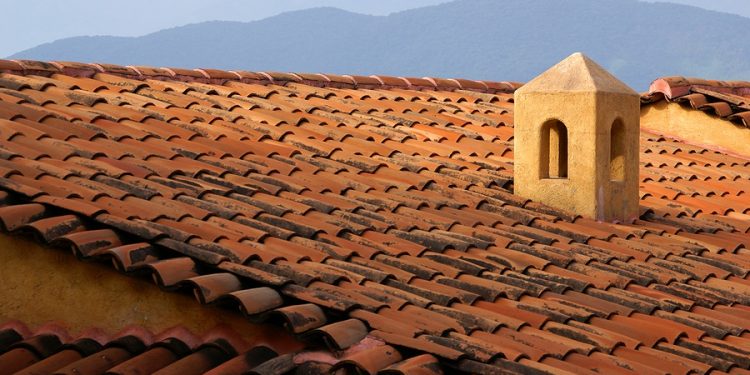Mexico offers a wide range of options and choices for you when you want to establish a physical home here. Whether you want a house near the ocean, or up in the mountains, Mexico offers a choice of terrains and climates to choose from.
Three routes to housing in Mexico
When you decide to invest in property in Mexico you will have, broadly speaking, three main choices about how to achieve your goal.
You can buy:
- an existing home, brand-new or pre-owned; or
- land and build a house on it from scratch; or
- an older property for renovation (“fixer-upper”).
This article summarizes some essential matters to consider related to buying a built property, versus land for building and buying an old property to renovate.
Formal surveys of land and property
Regardless of whether you buy land or a built home we strongly recommend that you hire the services an independent surveyor (some architecture firms offer this service) to visit and assess the physical state of the property before you pay a deposit and agree to buy.
If you are buying land to build on, special tests can be undertaken to ensure that the subsoil is suitable and stable for building on, and whether any special treatment or construction will be needed to build. Most land can be built on, but it’s more expensive to build if you need to take additional measures to secure the foundations or remove rock or boulders beneath the surface.
Buying a prebuilt home
The quickest way to move into a new home is to buy one that’s built. This is, however, more expensive in cash terms than buying land and building a home on it—as built houses, new and second-hand, tend to trade at a premium.
All homes require care and maintenance; used homes are likely to call for some type of decoration or renovation work to bring them up to date or to match your personal tastes and preferences.
Brand-new homes are unlikely to need any renovation in the first years but will require regular maintenance to prevent them from deteriorating badly and requiring expensive renovations of their own. Eventually even brand-new homes will require significant maintenance or repair, e.g. a new roof, or roof sealant.
Buying land to build a home on
Buying land and commissioning the build of a house on it provides the best ‘value for money’ as the price of the land and the construction are usually less than an equivalent house bought prebuilt.
By designing and building your home from scratch, you also get to customize every element of the design, especially those that are difficult (or expensive, or impossible) to do when you or renovate an old house, or move into a prebuilt home.
The downside of this approach is that you have the additional time, effort, and expense of project managing a build. It’s unrealistic to believe that you can take an entirely hands-off approach and get the results you hope for, even if you have a project manager overseeing the build.
When you’re building your home, it’s prudent to plan to be in Mexico for the duration of the project or otherwise at have someone you consider absolutely dependable and trustworthy situated locally overseeing the entire project and keeping in regular daily contact with you.
Architectural firms exist that offer to design, build, and finish your house for you—down to the last detail. They usually work on a multi-stage payment basis and guarantee that the price they have quoted you is the price you’ll pay, or within a percentage range of that, provided that you don’t change the design. By building in this way, any savings of building the home and doing some of the management yourself will be lost (perhaps entirely) in detailed project management fees charged by the architect firm.
Also keep in mind that most build projects call for a near-continuous series of decisions to be made, especially once the structure is built and you begin to work on the interior and décor. Unless you have paid an architect to design and deliver your home down to the last doorknob, you’ll need to make yourself available to take those decisions on a daily basis as delays in decision-making can hold-up progress and extend your build time and costs.
Things that tend to influence a decision to build
The choice of whether to buy or build is a personal one, and typically based on:
- What you envision and are seeking in terms of a dwelling space and lifestyle for yourself (and your partner/family).
- Whether what you envision is available already built and for sale in the market—and at what price. What you seek might already exist at a price you can afford, and the premium vis-à-vis building might thus be recouped in saved time and effort on your part.
- How much patient capital you have for investment in a property building project. Custom homes can take longer to build than you might expect; costs almost always overrun the original budget; and it might take longer to sell the property —part- or fully-built— if you need to withdraw from the investment at any time.
- How much time, capability, and inclination you have to oversee a house building project in Mexico. Building projects typically consume a lot of your personal time for at least several months, and you’ll also need to speak some Spanish or hire the services of an interpreter to help you interact with the architects, builders, suppliers, et al.
- Your character and temperament will be tested during a custom house build project in Mexico. If you know that you’re short on patience, or that you’re not great at dealing with stressful situations, paying a firm to manage all aspects of the build, or buying a prebuilt home, may be a better choice for you.
Buying an older property to renovate
There’s a certain romanticism associated with purchasing an old (or older) property and renovating it.
Most property renovation projects are, at least to some extent, a labor of love. Those who embark on these projects inevitably end up spending more money —some considerably more— than even their contingency budget plan called for.
Most renovation projects cost at least as much as buying prebuilt, and when you drill down into the details post-project, and especially if you take into consideration your own time, it usually costs more than buying a prebuilt home.
Some old colonial properties that lay in ruins can make interesting —and perhaps rewarding— custom home projects to take on, whereas other properties are old, but still quite well intact. Every project offers its own set of challenges and opportunities.
Old colonial properties
Very old houses dating back to the colonial era are still standing in Mexico, and many of the ones you see today in good shape have undergone a restoration of some form in recent times.
These very old buildings, restored to their former glory, return a character and charm to the world that cannot be easily compared to any modern construction.
Colonial restoration projects are especially tricky because they are the ones that hold the most surprises when you start work on them: 300 years of history under the plaster and flooring tells a lot of stories, and not all of them are pretty.
Some of these buildings will be directly protected by INAH, the country’s cultural heritage institute, and that body will dictate the terms upon which any building or renovations are made, including what materials may be used. They’ll also dictate the ongoing maintenance regime required for them.
Even if the property is not inside the protected catalog, local building regulations in the area might require you to adhere to certain norms or standards to make the renovation one that is “in keeping” with the building’s age, heritage, and its location.
Some architectural firms specialize in the renovations of very old properties and work closely with artisans and other specialist designers to maintain the original essence of the property’s character. However, most architectural firms focus on selling contemporary construction, or introducing contemporary construction features and techniques into older properties where this is feasible and permitted by INAH and/or local regulations.
In summary: if you harbor romantic notions of buying and restoring an old colonial-era home in Mexico, come prepared with patience and flexibility, and with plenty of patient capital in excess of the purchase price.
A note about the Asking Prices for old properties in Mexico
Asking prices for old, dilapidated (or derelict) houses vary tremendously. Some owners price ruined property unrealistically. Some offers are equivalent to the typical cost of the land plot in that area, but buyers must pay for demolition and removal of rubble—and this can be expensive, as well as time consuming.
It’s unusual to find an old property’s asking price discounted in a way that reflects the true costs of the renovation work needed, although negotiation may be possible. This is why property restoration projects are oftentimes a labor of love, taken on as unique one-off opportunities to restore something extraordinary, and carried out by a buyer who is not entirely concerned about the economics of the endeavor.
Newer old homes for restoration
Houses that are more modern but nonetheless old, for example those built in the 50-year period between 1930 and 1980, can offer some good potential for restoration, but beware that, however well kept it might have been (and there are many more that are not well kept), renovation is a serious undertaking even in newer-old houses.
As we remarked in a sister article about older properties for sale in Mexico, some of these old dwelling spaces offer attractive plots of land with mature trees and gardens offering fine views that you may find hard to obtain elsewhere.
Newer-old houses are usually not protected by INAH, that will give you more flexibility regarding the design of the restoration including the look and feel of outer facades as well as the layout and remodeling of inside rooms. You’ll have a wider choice of materials and design styles to choose from, some of which might be less expensive than those demanded for use on protected buildings.
Even if INAH is not involved, local regulations might exist that prevent you from implementing certain designs on the property that you might have envisioned for it, or demand certain styles to be applied (outside wall coloring is a common regulation in historic areas) so you ought to make inquiries about these before you begin any renovations.
Many of the newer old houses are usually structurally sound —their physical presence having survived many earthquakes or hurricanes over decades is testament to this— but you ought to always commission a structural survey before buying, nonetheless, as recent seismic or geological activity might have left the building intact, but no longer sound without intervention. (In a worse case scenario the surveyor might condemn the existing building.)
One of the great appeals of renovating an attractive newer old property is that, once complete, you enjoy all the benefits of an old land parcel (e.g. with mature gardens, attractive views, immediate access to an established community, etc.) with the benefits of an old house restored and renovated using modern features and amenities for your pleasure and comfort.
Some key points about property renovation
Here are some key points to keep in mind when you consider taking on a property renovation project in Mexico.
- It generally costs more to renovate, restore, and modernize an old property than it does to buy land and build a new house from the ground up.
- Renovations always throw-up surprises (damp, rot, termites, and foundation problems are common) and taking something down to replace it or redesign it is time consuming and expensive.
- Whatever you take down creates rubble; you might be able to reuse it somewhere, but otherwise it will need taken away, and that adds to your costs.
- Old swimming pools, out buildings, attics, and basements can be particularly tricky to deal with and can hide many problems that are expensive to resolve.
- Building from the ground up, using modern materials and the latest building methods (and standards) is less expensive…
- …however, some properties are deserving of restoration and if you have the time, capital, love, and inclination, there are plenty of old properties in Mexico waiting for you to buy and lovingly restore.
Water supply for the property
Regardless of whether you buy a built home, land for building on, or embark on a renovation property, check the source of the water supply at the property.
Properties in Mexico get their water in one or a combination of three ways:
- Mains or communal water feed to the property.
- Water deliveries by truck.
- Rainwater collected during the rainy season.
Ideally, the land you buy would have a mains feed from a municipal system; but this is not always available or practical, especially in rural and semi-rural areas across Mexico.
The land’s water supply might be fed by a local community water feed system. Check for conditions and costs to connect to this, as well as annual fees for water use via that system.
Some properties collect rainwater during the rainy season and store this in a large underground cistern situated on the property.
Further insight about water and water services in Mexico
How water services are delivered in Mexico
Water supply for your residential property
Latest articles about water services in Mexico
Learn about the rainy season and the dry season in Mexico
Building standards in Mexico
Building regulations are improving in Mexico, driven in part by recent earthquakes that sprung local authorities into acting on the issue of poorly built homes and commercial buildings.
There are, nonetheless, a lot of older properties in Mexico that were constructed long before modern materials and building regulations came into effect, and thus standards vary.
A positive aspect of the building work here is that the houses still standing have survived some significant earthquakes in recent times; however, it’s prudent to have a property you’re considering —especially older buildings— properly and independently inspected by hiring a qualified and experienced surveyor to review the property thoroughly before agreeing to buy or handing over any money as a deposit to the seller. (If the seller objects to this, it’s probably better to consider a different property for purchase.)
If you are having your house built, then you can benefit from the latest materials, methods, standards, and regulations that will mitigate any damage or worse from events like earthquakes, floods, and hurricanes.
Ask the architects to show you examples of their previous work and go to the places to see them—don’t just look at the photographs. Ask them about local building regulations and what you can expect from their team in terms of making your home as safe as can be reasonably expected.
A subsoil survey is essential if you intend to build. It’s especially relevant in areas near to the coast, and in regions containing a substantial proportion of volcanic rock, and in areas that may have been host to factories and farms. Wherever the land is, a survey is a worthwhile investment that can prevent you from purchasing land that is difficult (expensive) to build on, or in a worse case scenario impossible to build anything substantial on due to subsoil issues, or contamination. Your architect or building project manager can advise you about this.
Prices for older properties in Mexico
There was a time when old, dilapidated, buildings in town centers could be purchased at bargain-basement prices, but those days appear to have passed.
Prices for even old wrecks have risen substantially—especially in sought-after locations. If you cannot get a fair price for an old property, consider your choices carefully.
Negotiating the right price for the type of purchase —and being prepared to walk away from the seller— is key to making a worthwhile investment in this market niche.
Unless you have significant amounts of patient capital and time, and perceive the restoration as a labor of love and not an investment per se, then your price negotiation skills will determine how much you spend—from the initial property purchase, to every consignment of bricks and mortar arriving on site, to the tiles laid on the floor, the handles on the doors, down the to last plug socket!
Learn more about property in Mexico
Mexperience offers detailed insights about property in Mexico for buyers, owners, renters, and sellers.
- Latest articles and insights about real estate in Mexico
- Finding a Notary Public in Mexico
- Tell-tale signs of a good realty agent
- The costs and taxes of buying a home in Mexico
- The costs and taxes of selling a home in Mexico
- Insuring your Mexican home
- Enjoying your home and home life in Mexico
The information published in this article is provided for general information in good faith and is not intended as personal, legal, financial or investment advice.
Mexico in your inbox
Our free newsletter about Mexico brings you a monthly round-up of recently published stories and opportunities, as well as gems from our archives.

